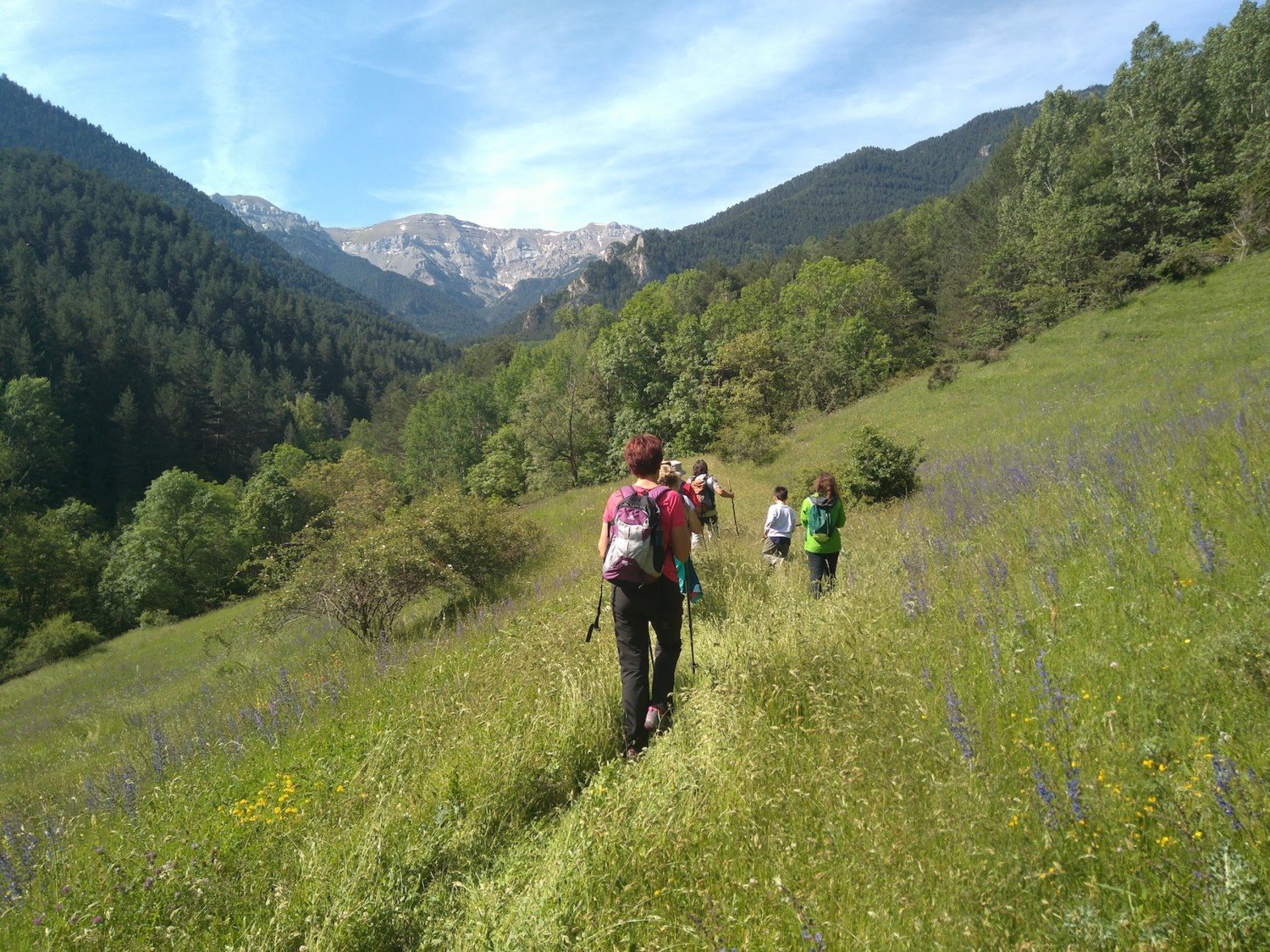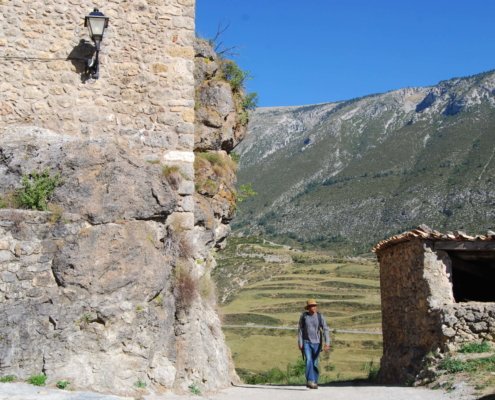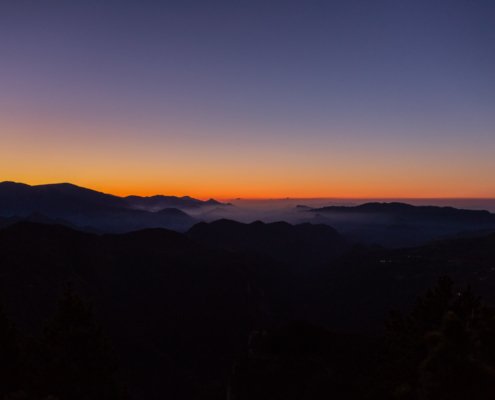Campcardós Valley
Campcardós Valley
This valley, closed to the west by the Portella Blanca of Andorra, is protected from the north winds by the mountain range that forms the Picos de Fontfreda, Font Negra and Envalira. The slender silhouettes of Pedraforca and Roc Colom will accompany us throughout the route.
Technical Data
Access: Located in the municipality of Porta (N-20), turn left and cross the bridge that passes under the train track. We find a paved track and follow it to the left, south, to find a small bridge that crosses the river. There is a small car park where vehicles must be parked.
Start:Car park next to Querol river.
Difficulty: Easy
Maximum altitude: 2,076 m
Elevation gain: 566 m
Total duration: 3.15 h (1.45 h departure + 1.30 h return).
Time of year: All year round.
Notes: This route can be done all year round, but it is especially interesting to do it in winter, when the weather conditions are not favorable in other places, as we move through a fairly safe area, sheltered from the wind and no possible loss.
Route
From the car park next to Querol river we take, wetbound, the paved track that begins to go up the valley and reaches a repeater. From here the unpaved track begins. We make every effort to go up the first section of the route, the steepest, bounded by beautiful dry stone walls.
At the end of this climb we come to some cattle fences, from which the path already glides and the valley widens more and more (30 min). From here we already have the first views of Roc Colom and Pedraforca. From time to time, we see on the rocks the white and red marks of the GR 7 trail, which comes from Andorra, and the GR 107 trail, which comes from the Llosa valley. We continue along the valley next to Campcardós river, which descends to the left.
As we walk we come across several huts, small in size, made by shepherds, with stone walls and grass-covered. A flatter section leads us to an ascent, perfectly paved, which we climb without difficulty. When you reach the top of this climb, the silhouette of the refuge appears, located to the left of the road. We follow the wide path and reach this refuge (1,950 m, 1.15 h). The track is transformed into a path and the path goes up first through an area of meadows, which in summer are occupied by cattle. After these parts we enter a not so beautiful part, covered with provence broom shrubs. By a steep area we head to the bottom of the valley and we are approaching the course of Campcardós river. After a short while, we cross the river by some stones and arrive at “Petit” lake, and after passing some hills covered with blackberry, at the “Gros” lake (2,076 m, 1.45 h). From the lakes you could continue to the Portella Blanca of Andorra.
Map and altimetry














